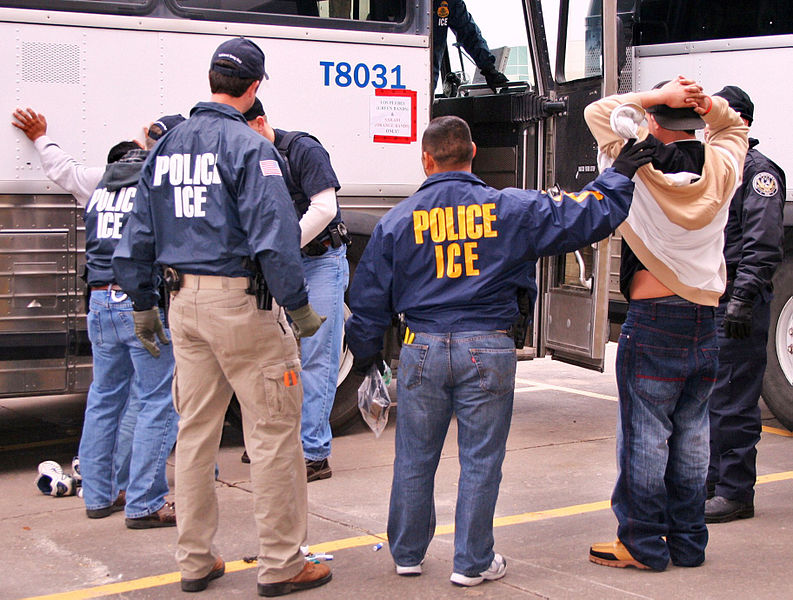 News
NewsJudge Jed Rakoff of the US District Court for the Southern District of New York ruled on Wednesday that Immigration and Customs Enforcement (ICE) must stop targeting those traveling to or at New York courthouses.
The case stems from a 2019 lawsuit filed by authorities from the state of New York. They are attempting to prevent ICE agents from arresting immigrants in or near New York courthouses. Their case rests on claims that such actions are disruptive to the very foundations of the US justice system and cause significant disruption to court proceedings.
The case cited several instances of ICE interference in the criminal justice process. One case involved an undocumented immigrant who was robbed at gunpoint but refused to testify because he was afraid that ICE officers would detain and arrest him at the court. The second case was an immigrant who, after leaving a courthouse, was thrown up against a wall and then pushed into a car with no license plates. That incident even prompted a bystander to call the police, fearing they had just witnessed a kidnapping. The final case involved an immigrant defendant who, minutes being sentenced to three years in prison for sexual and domestic violence, was arrested and deported by ICE authorities. That defendant was subsequently able to continue to harass his victim online and evade any further prosecution.
The state authorities also provided evidence that ICE’s policy significantly disrupted even routine court proceedings by detaining those entering for hearings even as witnesses, which often forced these hearings to be canceled. They also illustrated the significant increase in those arrests since the election of President Donald Trump. In 2015, during the Obama administration, ICE conducted only 20 enforcement actions at or near New York State courthouses. However, that figure increased to 161 in 2017, decreased to 107 in 2018, and then finally rose again to 173 in 2019.
ICE officials have continually justified their actions by stating that “courthouses were a safer place to confront immigrants than homes or workplaces because people were screened for weapons before they entered.” They also have said that immigration officers only ever turn to “courthouses as a last resort, especially in sanctuary cities where law enforcement officers are prohibited from cooperating with the immigration authorities.”
Rakoff cited several century-old legal rulings that banned civil arrests inside or near courthouses as justification for his ruling. The judge specifically ruled that:
the Court declares ICE’s policy of courthouse arrests, as now embodied in the Directive, to be illegal, and hereby enjoins ICE from conducting any civil arrests on the premises or grounds of New York State courthouses, as well as such arrests of anyone required to travel to a New York State courthouse as a party or witness to a lawsuit.
He went on to justify this decision by stating that, “Recent events confirm the need for freely and fully functioning state courts, not least in the State of New York,” referencing the especially large outbreaks of COVID-19 throughout New York and its effects on the New York court system. He also expanded on that statement by saying:
it is one thing for the state courts to try to deal with the impediments brought on by a pandemic, and quite another for them to have to grapple with disruptions and intimidations artificially imposed by an agency of the federal government in violation of longstanding privileges and fundamental principles of federalism and of separation of powers
Wednesday’s ruling is the second in recent years to challenge ICE’s long-standing policy of targeting immigrants near courthouses. Last year a judge in Massachusetts granted a preliminary injunction blocking the agency from making civil arrests of undocumented immigrants entering, leaving, or inside of state courthouses. However, ICE has decided to appeal that ruling.
ICE has said in a separate statement that it is “currently reviewing the court’s order to determine the appropriate course of action.” They have not yet decided if they will challenge the New York District Court’s ruling.

